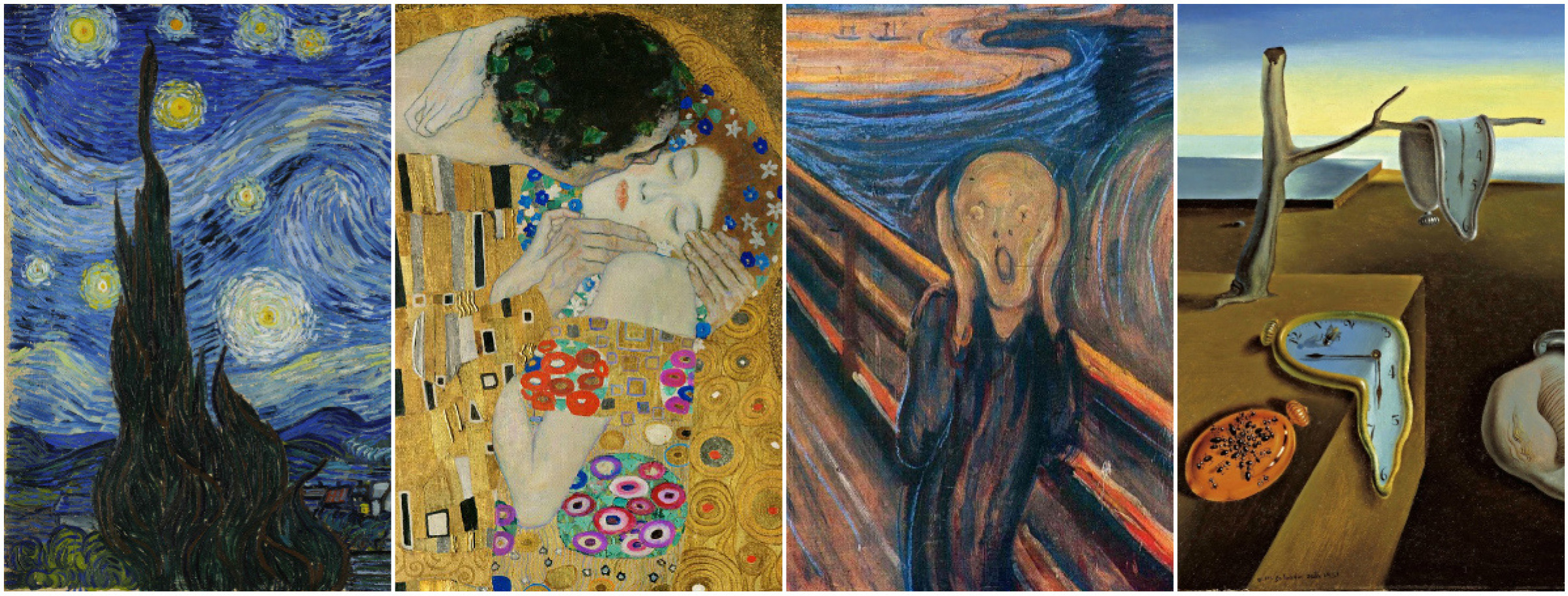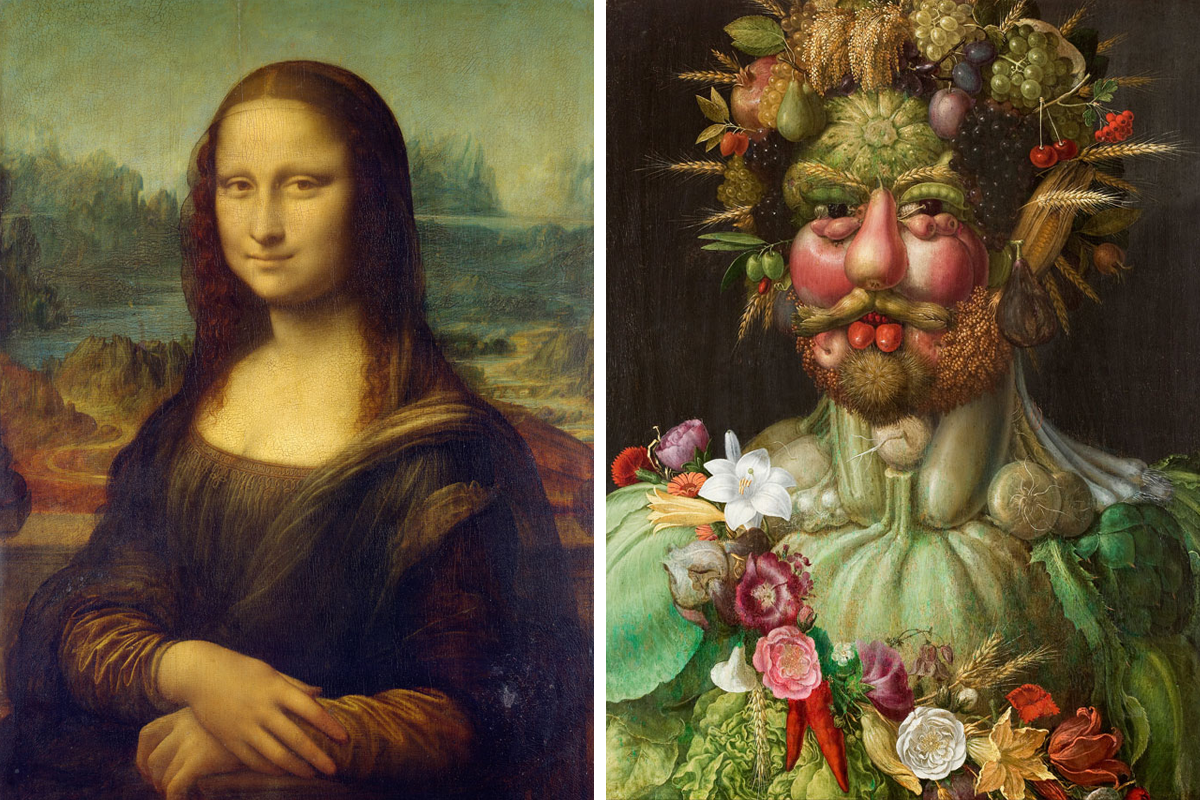
The Intricate Backgrounds of Iconic Art Masterpieces
Art has the power to transcend time, space, and culture, capturing the essence of the human experience and reflecting the intricate backgrounds of the eras in which it was created. Iconic art masterpieces are not just beautiful visual representations; they are windows into the complex tapestry of historical, cultural, and social contexts that shaped the artists and their creations.
One such masterpiece is Leonardo da Vinci’s “Mona Lisa,” arguably the most famous painting in the world. The enigmatic smile of the Mona Lisa has puzzled art enthusiasts for centuries, but understanding its intricate background sheds light on its enduring appeal. Painted between 1503 and 1506, during the Italian Renaissance, the Mona Lisa embodies the artistic and intellectual flourishing of the period. Leonardo’s meticulous use of sfumato, a technique that creates a soft, blurred effect, adds depth to her expression, enhancing the painting’s enigma.
Another masterpiece that encapsulates a rich background is Vincent van Gogh’s “Starry Night.” Painted in 1889 during his stay at the Saint-Paul-de-Mausole asylum, this work reflects Van Gogh’s emotional turbulence and deep connection with nature. The swirling, vibrant colors of the night sky and the tranquil village below capture the artist’s inner turmoil juxtaposed with moments of serenity.
Moving to the realm of sculpture, Michelangelo’s “David” stands as an epitome of Renaissance artistry. Carved from a single block of marble between 1501 and 1504, David represents the biblical hero’s courage and human vulnerability. The meticulous anatomical details and the sense of impending action make this statue a testament to the Renaissance fascination with the human form and its potential for greatness.
Understanding the intricate backgrounds of these iconic art masterpieces requires delving into the socio-cultural milieu of their respective periods. During the Renaissance, a revival of interest in classical Greek and Roman art and literature influenced artists to explore humanism, celebrating the individual’s intellect, creativity, and emotions. This cultural shift provided the backdrop against which masterpieces like the Mona Lisa and David were created, emphasizing the importance of human experience and expression.